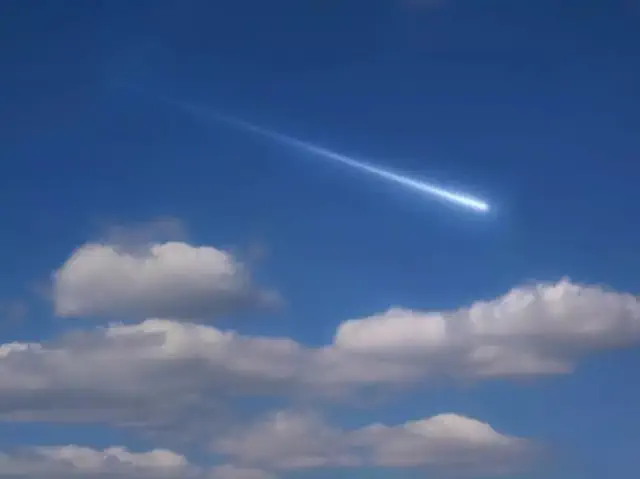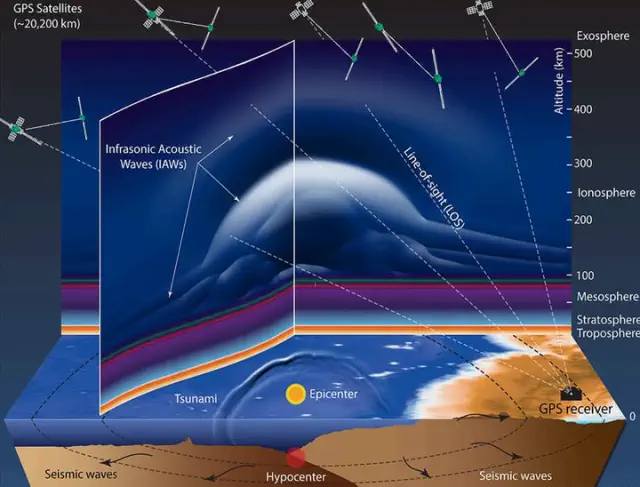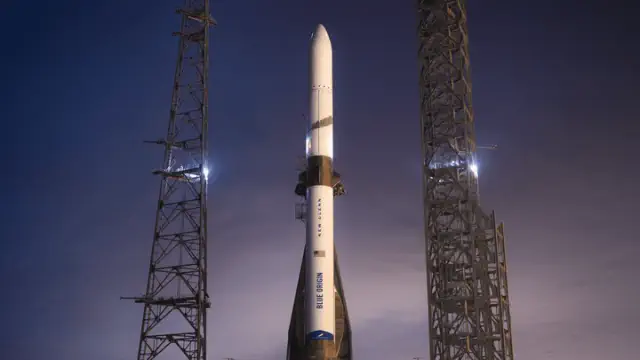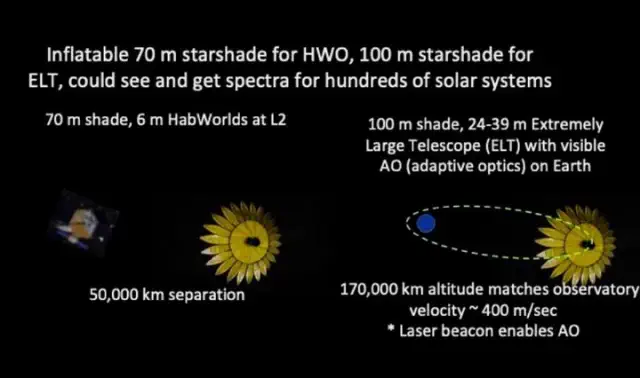In 2024, the occurrence of X-class solar flares reached levels not seen in over thirty years. This surge was primarily attributed to the onset of solar maximum, although various other influences contributed to this increase as well.
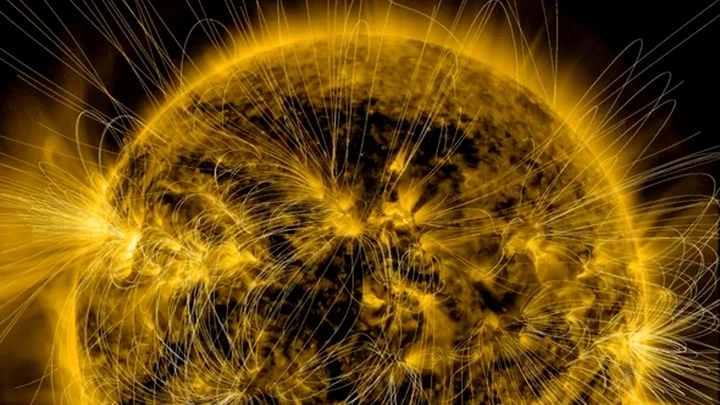
View pictures in App save up to 80% data.
The number of X-class solar flares — the most powerful and potentially dangerous class of solar eruption — hit a new record high in 2024. The spike highlights that we are currently experiencing a surprisingly active solar maximum, which could continue to intensify this year.
However, experts informed Live Science that solar activity might not be the sole factor contributing to the dramatic increase in the number of supercharged solar explosions observed last year.
There were a total of 54 X-class flares in 2024, according to SpaceWeatherLive.com, which maintains the oldest and most accurate publicly available dataset on solar flares. That is the highest total since at least 1996, when this dataset began. NASA has been tracking solar flare activity since the mid-1970s, but earlier data has not been made publicly available and is less reliable than modern records, SpaceWeatherLive.com representatives told Live Science in an email.
The former highest count of X-class flares in the dataset stood at 34, noted in 2001. Additionally, there were only four other years — 2000, 2003, 2005, and 2014 — when the annual total exceeded 20. Thus, the total from last year signifies an unexpectedly significant increase in the occurrence of X-class flares.
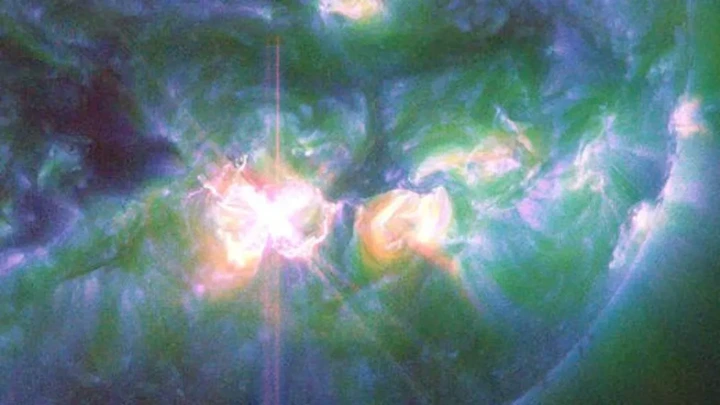
View pictures in App save up to 80% data.
The effects of the more frequent X-class flares were widely felt on Earth in 2024. For example, in May, a quickfire succession of at least four X-class flares launched clouds of plasma, known as coronal mass ejections (CMEs), that slammed into Earth and sparked the strongest geomagnetic storm in 21 years, which in turn triggered some of the most vibrant and widespread aurora displays in our skies over the last 500 years.
What caused the significant increase in X-class flares last year?
Heightened solar activity
The obvious reason for the increased frequency is the arrival of solar maximum. This peak in the sun's roughly 11-year cycle of activity, which is triggered by the weakening and eventual flipping of the sun's magnetic field, has been surprisingly active so far and is expected to continue well into 2025 and possibly beyond.
In October 2024, scientists from NASA and the international Solar Cycle Prediction Panel (SCPP) announced that we have entered solar maximum and that the explosive peak likely started early last year, which was sooner than they had initially predicted.
The ongoing maximum has also proved to be more active than most scientists had initially forecast. For example, in August, the number of visible sunspots on our home star, which is a key metric for monitoring solar activity, reached a 23-year high.
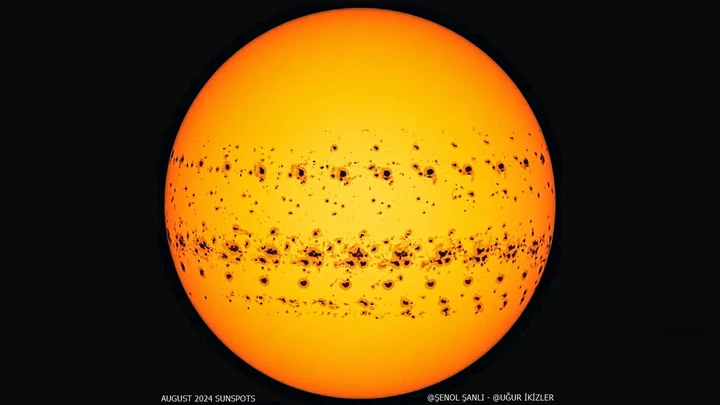
View pictures in App save up to 80% data.
But the number of X-class flares has been the biggest shock for most solar physicists. "I think we have all been surprised [about the number of flares]," Hugh Hudson, a solar physicist at the University of Glasgow in the U.K., told Live Science.
Certain researchers, such as Hudson, contend that the rise in X-class flares can be exclusively linked to heightened activity during the solar maximum phase. Conversely, other specialists argue that while the sun's peak has certainly contributed significantly to this increase, it is not the sole factor. These experts suggest that the unprecedented number of recorded X-class flares is also a result of advancements in our detection methods, which may be skewing the overall assessment.
Identifying solar flares
Most X-class flares are pretty hard to miss, Scott McIntosh, a solar physicist and vice president of the new space weather solutions company Lynker Space, told Live Science. "These events are so massive they kinda smack you in the face," he said.
Nevertheless, McIntosh noted that we are unable to observe all of them.
For starters, we can only properly see solar flares on the side of the sun facing Earth, although some farside explosions are so massive that we can still see the gigantic CMEs they hurl into space. This doesn't change much because we have only ever been able to see the sun's nearside eruptions. But it can also be hard to spot and properly measure solar flares around the edge of the sun's limbs because we cannot always see them properly.
According to McIntosh, this suggests that we may have historically overlooked as much as an additional 15% of the sun's X-class flares.
In recent decades, researchers have deployed a number of advanced spacecraft designed to observe the sun, which have likely improved their ability to detect certain flares that may have gone unnoticed in the past, according to McIntosh. "These new tools have revealed the frequency of events that have been directed away from our planet," he noted.
There is a possibility that we may have overlooked some X-class flares in the past that were on the borderline between being classified as X-class and M-class, which is the second-highest category for solar flares.

View pictures in App save up to 80% data.
Carl Shneider, a space systems scientist at the University of Luxembourg and an advisor at private space weather forecasting company Mission Space, also believes that we are getting better at spotting X-class flares. "Advances in science and technology are continuously improving our ability to monitor solar activity and its impact on Earth's environment," Shneider told Live Science. "Every new mission, observational point, numerical model or theory improves our understanding."
Nonetheless, these advancements can serve as a double-edged sword, as Shneider pointed out, "this progress complicates direct comparisons between contemporary data and historical observations."
However, not everyone shares this belief. Hudson, a researcher with decades of experience in studying solar flares, asserts that "the guidelines [for identifying X-class flares] remain unchanged" and claims that we have probably overlooked "none" of these eruptions in the past several solar cycles.
Will there be additional content in the future?
The solar maximum is anticipated to persist until at least 2025, and possibly extend into 2026; however, its conclusion will only be determined in hindsight. Typically regarded as the most dynamic period of the solar cycle, solar maximum can still see elevated flare activity for several months or even years following its peak.
New research also suggests that solar activity can peak a few years after solar maximum, during a period when different parts of the sun's magnetic field vie for dominance, which some researchers have dubbed the "battle zone."

View pictures in App save up to 80% data.
"I believe the record will keep expanding in the coming years," said McIntosh, a key advocate for the battle zone concept. Nonetheless, he noted, "it's hard to predict for sure."
Shneider is of the opinion that we have yet to reach the maximum level of solar activity, stating, "The occurrence of these events may continue to be elevated for a number of additional years."
2025 has already started strong with three X-class flares in the first four days of the year, according to SpaceWeatherLive.com.
It is also possible that we could see much more powerful X-class flares in the coming years. The most powerful flare of the current solar cycle was an X9 magnitude blast on Oct. 3, 2024. But during the last two solar cycles, there have been 14 different X-class flares with a higher magnitude, despite flares being less frequent at the time.
Hudson remarked that a rise in frequency doesn't ensure the occurrence of stronger flares. "However, I find it strange that we haven't observed more intense flares so far," he noted.


